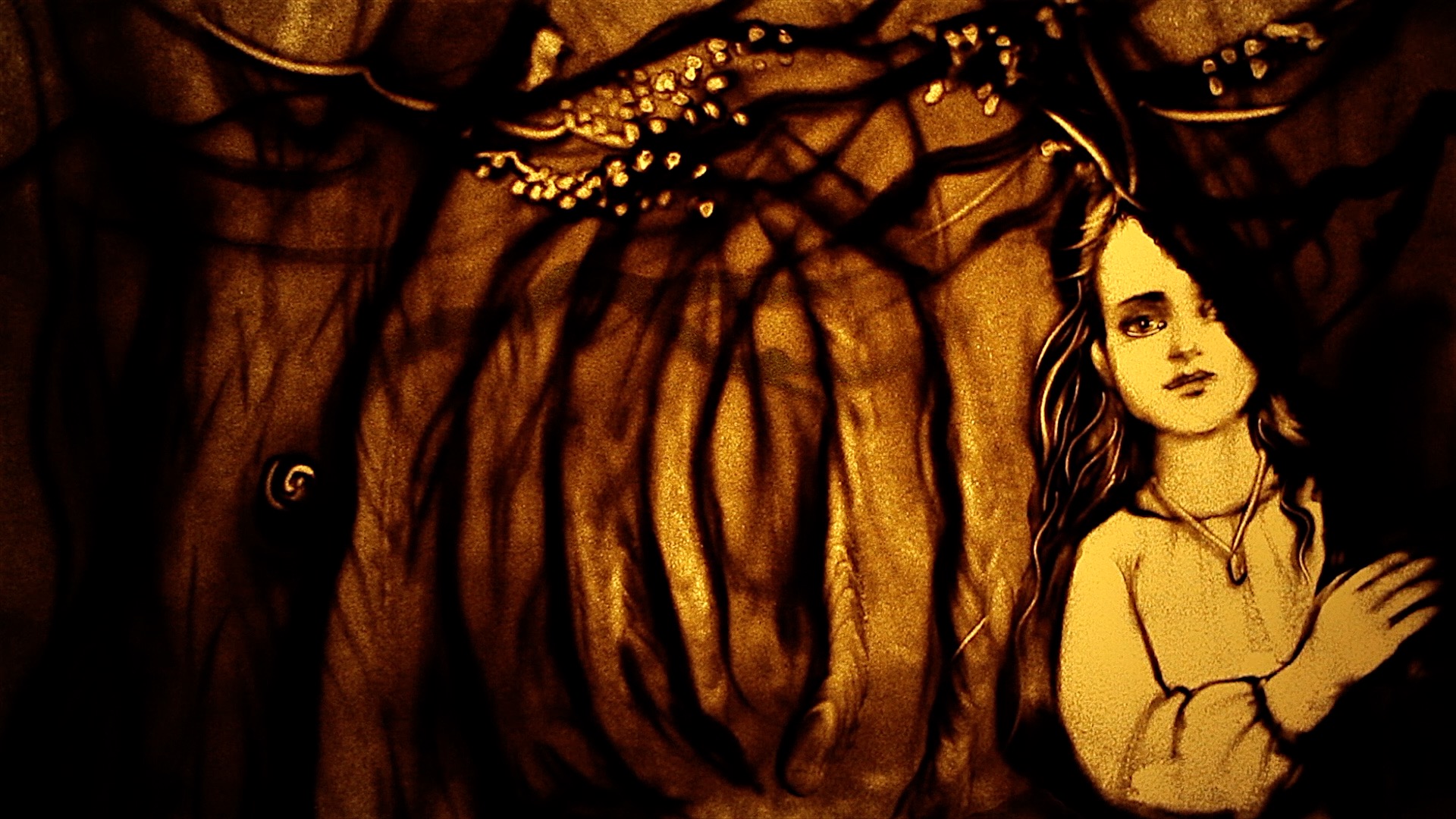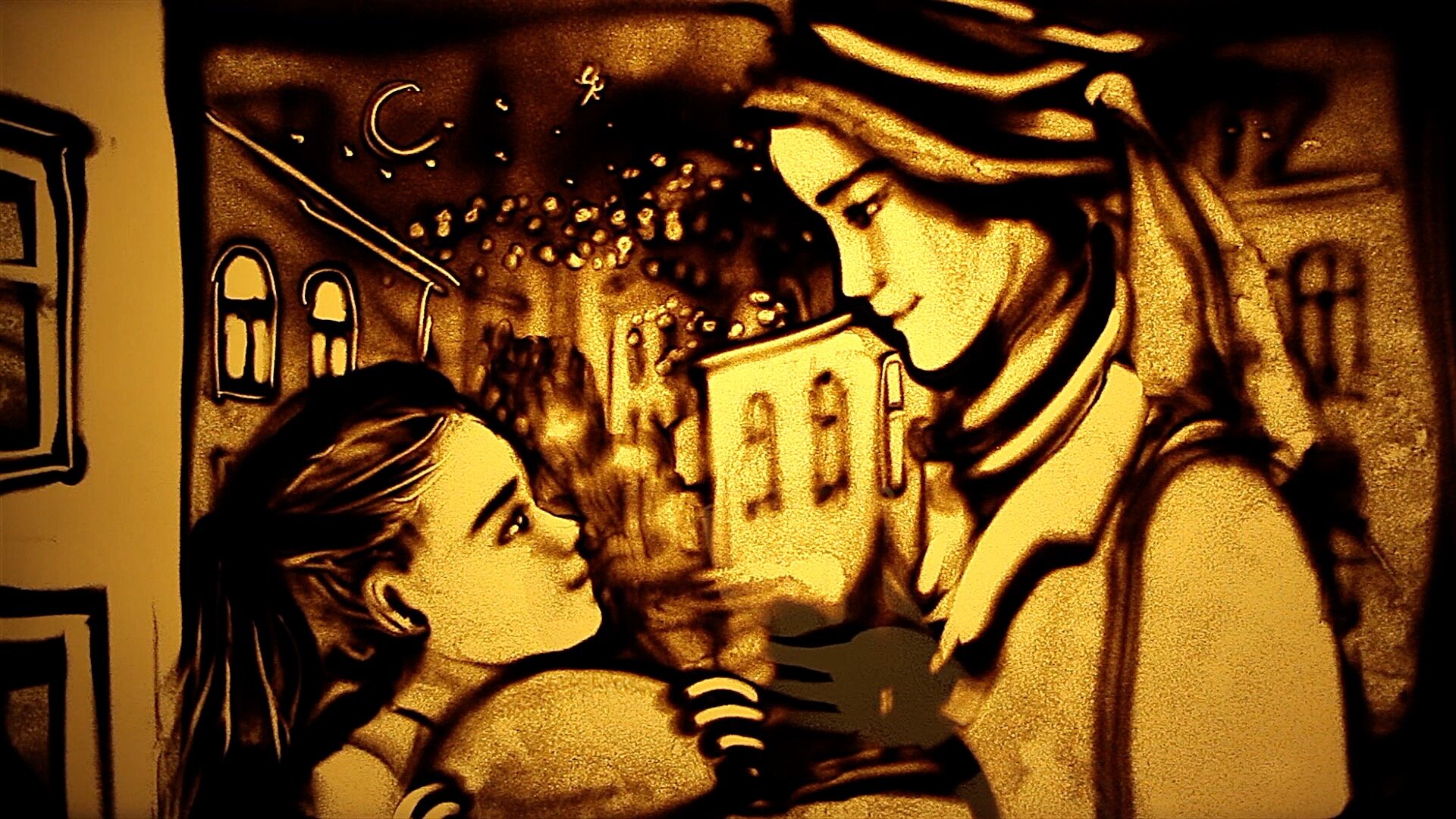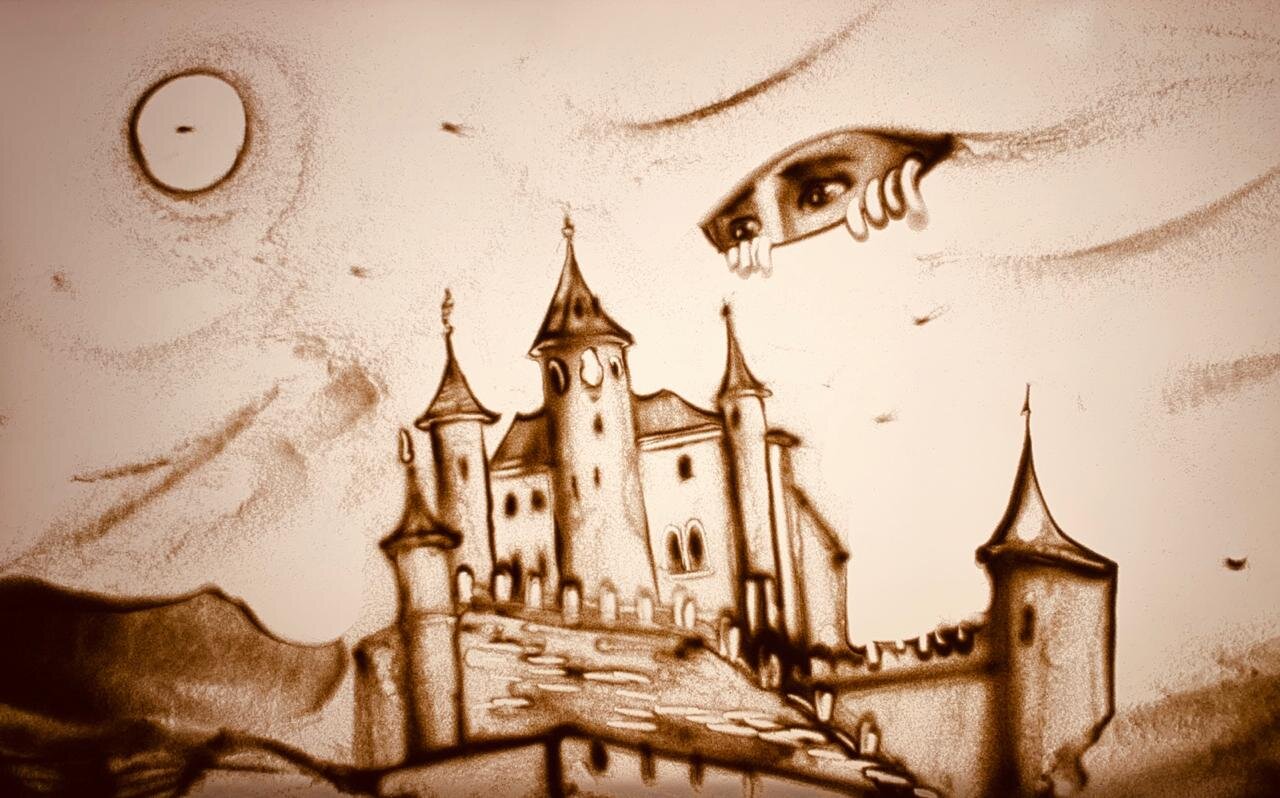“With scintillating vocals and instrumentation, this is a show that will likely stay with you long after the final note. ”

VIDEO GALLERIES
The Forgotten Kingdom
An intricate, multimedia performance featuring theatrically projected sand animation, riveting score and narration blending memoire & poetry









Radio Play(s) Series
Radio Play(s) is like a performed podcast. Each “episode” unpacks a timely theme through a collection of stories, whether told through the spoken word, musical segments or theatrically projected sand animation












Heart of the Holidays: Tales of Light
Find renewed inspiration and joy with this moving, non-conventional holiday performance



Story-Driven Learning
Portraits from multifaceted residencies, workshops and collaborations with string ensembles and choirs







